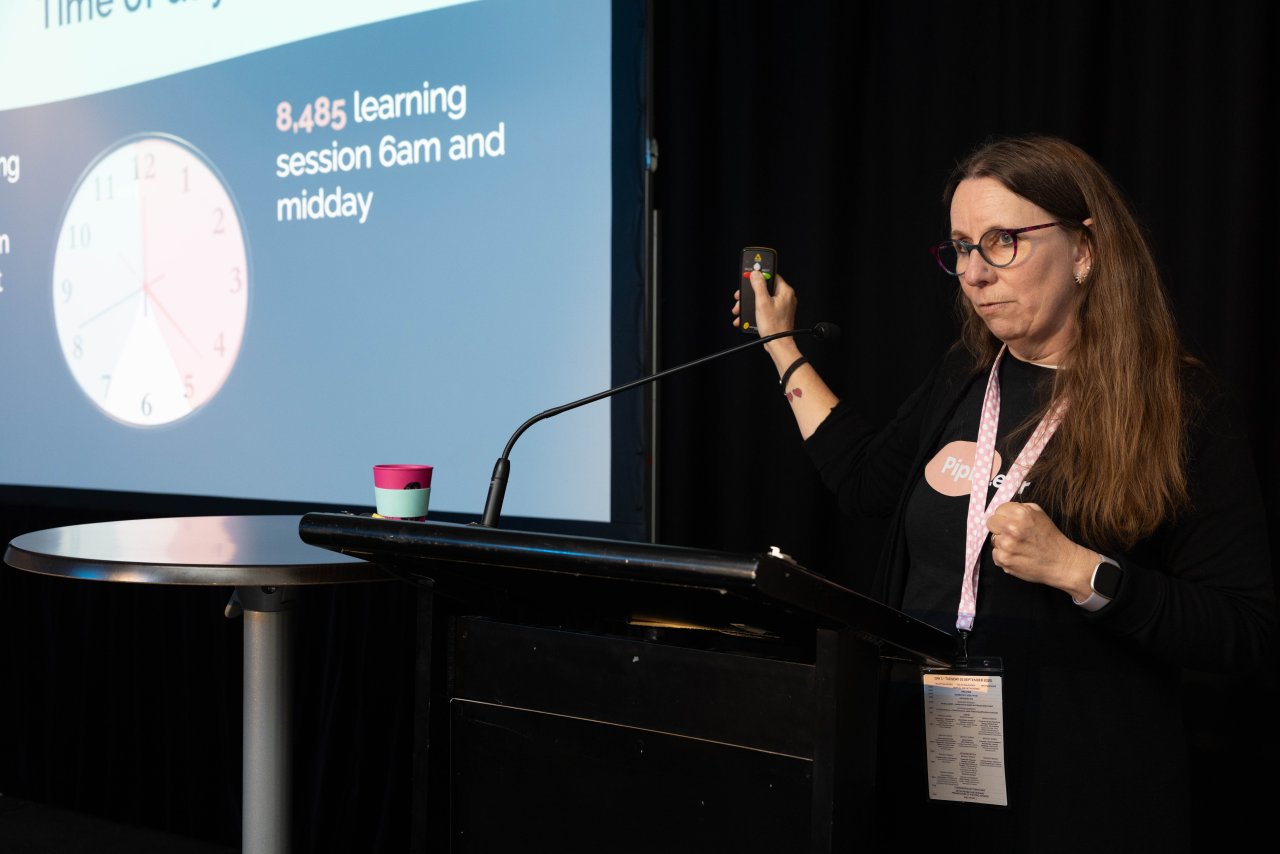At Pipi Learning, we’ve always believed that education should meet learners where they are – not the other way around. For many vocational education and training (VET) learners across Aotearoa, the ability to access learning in their own time, in their own space, is not just a convenience, it’s the difference between gaining a qualification and missing out altogether.
At the recent ITENZ conference in Queenstown, we shared insights from real learner behaviour to paint a clearer picture of when and how people engage with online learning. What the data shows is simple yet powerful: if we want education to be truly inclusive, flexibility isn’t optional – it’s essential.
The Changing Face of the Learner
Gone are the days when most learners in vocational education were school leavers with nothing but time on their hands. Today’s learners are a vibrant, diverse mix of people juggling families, jobs, and financial pressures alongside their education.
Statistics paint a clear picture. New Zealand has the highest average age of vocational education students in the OECD, with the average now exceeding 30 years. Many of these learners, along with their partners, are studying while also raising young families. For them, education that can fit around the school run, shift work, and bedtime routines is not simply convenient – it is the only way to make learning possible at all.
What the Data Reveals About Learner Behaviour
To better understand how people actually engage with online learning, we embedded event-based tracking into Pipi Learning’s Moodle system, with full consent from learners and robust privacy protections in place. Across six vocational education providers, more than 1,300 learners agreed to share their learning behaviour over the course of 2025.
The results were illuminating. On average, learning sessions lasted just over nine minutes. Far from being a problem, this tells us something important: people prefer to learn in short, focused bursts, fitting study into the spaces of their day. It also shows the value of microlearning – designing education in small, accessible chunks rather than long, unbroken lectures.
The timing of learning sessions challenged a few assumptions too. Traditional education has long favoured the morning, yet our data revealed that most learning happens from midday onwards, with thousands of sessions taking place between midday and midnight. Remarkably, more than 3,600 sessions occurred between midnight and 6am, proving that for some learners, the quietest hours of the night are the only time they can study.
Multiple devices were part of the story as well. While the majority of learners still preferred laptops, around a third used mobile phones, showing how essential it is for learning to work seamlessly across different devices. Audio features also made a big difference, with about ten percent of learners triggering every single narration option available. This underlines the importance of designing for inclusivity, ensuring that learners with literacy challenges, different language needs, or accessibility requirements can still participate fully.
Perhaps most importantly, the data revealed how learners weave education into real life. People learned around the school run, around work shifts, and after the children were in bed. Learning stopped for family dinners and started again in the evening. It followed the rhythms of real lives rather than fixed schedules.
The Take-Home Message
Our findings from over 20,000 learning sessions show that when learning is flexible, inclusive, and accessible:
More people participate – including those who might otherwise miss out.
Learners succeed because education fits into their lives.
Providers grow their reach and impact by serving learners better.
Or, as our data summed it up:
Family will always take priority.
Most learning happens between midday and midnight.
And yes – no one likes learning on a Monday.
The future of education in Aotearoa is one where learning works for everyone – parents, workers, rural learners, shift workers, and anyone who wants to grow their skills without giving up the rest of their lives.
Ready to Make Learning Accessible for Everyone?
If you are already offering flexible learning, we celebrate you. If you are thinking about it but do not know where to start, we would love to help.
Flexible learning isn’t just a nice-to-have. It’s the key to equity, access, and opportunity – for learners and providers alike.
